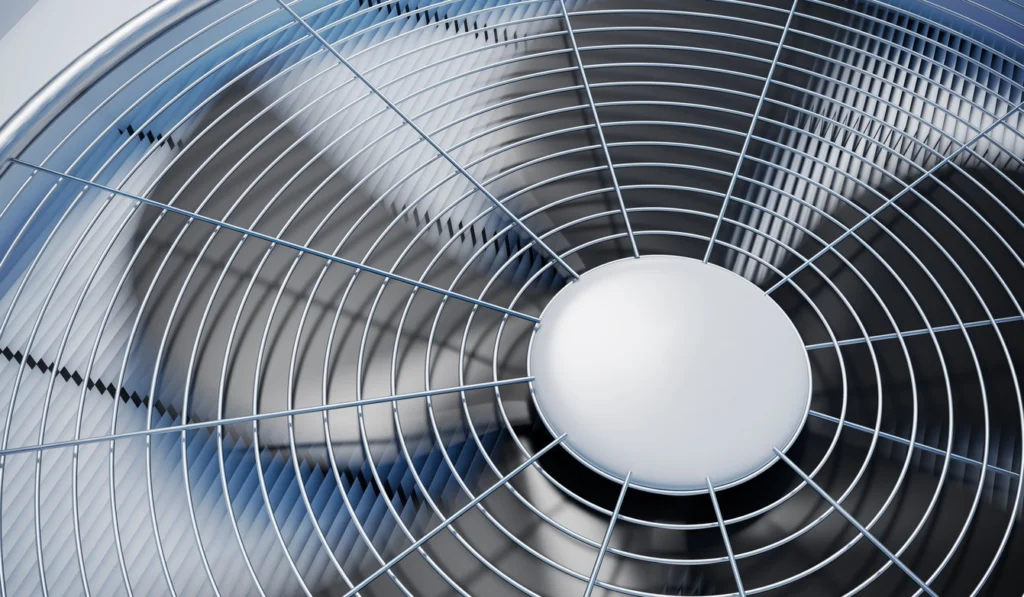As climate change is an increasing concern for governments around the world, efficiency regulations are undoubtedly going to get extensively stricter. In the US, the Department of Energy (DOE) will be enacting regulations next year, including the next SEER 2 rating change. 2023’s update involves minimum efficiency requirements will increasing from 8% to 10%, which will affect about 70% of current HVAC products.
SEER Changes For All

While many regions haven’t seen an efficiency regulation change since 2006, things will be different following the newest SEER 2 rating change. 2023’s overhaul will increase the efficiency standard to 15 and 16 SEER from 10 to 13 SEER. Split systems will also be affected. While there will be some regional differences, heat pump efficiency will be increasing everywhere in the country.
The DOE has divided the USA into three climate regions with new minimum efficiency standards.
The North
Northern residential air systems will be required to increase their SEER ratings following the SEER 2 rating change. 2023’s reforms mean that these air systems must have a SEER 2 rating of 13.4 or higher, while heat pump ratings will have to be 14.3 or higher.
Any systems and equipment that were built before the January 1st cutoff may be installed and sold, but after the first of the year, all new systems must adhere to the new regulations.
The Southeast
The Southwest
Residential central air systems in the southwest that are under 45,000 BTU must have a SEER 2 rating of 14.3 or higher, and 45,000 BTU+ systems must have a rating of at least 13.8. Heat pump ratings must be 14.3 or higher. Like the southeast, all equipment installed and sold after January 1st must meet the new SEER 2 rating requirements.
Going forward, any installers, manufacturers, or dealers caught violating the new regulations will experience severe legal penalties. All SEER 2 calculations have to use the “least efficient combination of indoor and outdoor units” or “coil-only” to determine the rating.
Ramifications For The Industry
Unfortunately, prices will increase for consumers given the SEER 2 rating change. 2023’s changes will result in higher efficiency systems being designed and built, but these systems are heavier and bulkier than previous models, resulting in increased shipping costs.
Supplies are also still an issue because the supply chain must switch to new parts, some of which are still suffering from shortages related to the pandemic. The equipment itself is more expensive, as well, and there will be an increased learning curve for installers who aren’t familiar with these new systems.
News of the rating change has reached consumers as well, which has made some homeowners panic and place early orders for new systems, even when they wouldn’t have otherwise considered replacing their systems for years.
The added stress on installers and repair technicians has created backlogs for HVAC professionals and added more strain on manufacturing pipelines.
The Effects On You
Our customers will no longer be able to purchase low-efficiency HVAC systems starting the first of the year. We will be able to sell existing inventory to northern customers, but southern regions will not be able to take advantage of such stock.
New “M 1 SEER 2” equipment will see price increases between 15% and 50%. We also anticipate industrywide shortages of equipment for the next six to eight months.
However, at True Comfort Heating, Cooling and Plumbing, we’re committed to getting you prices that are fair and even lower than what the market sees as possible. Replace your AC and heat pump now, as beating the rush will ensure you stay comfy indoors year-round. Reach out to our team today to learn more.
